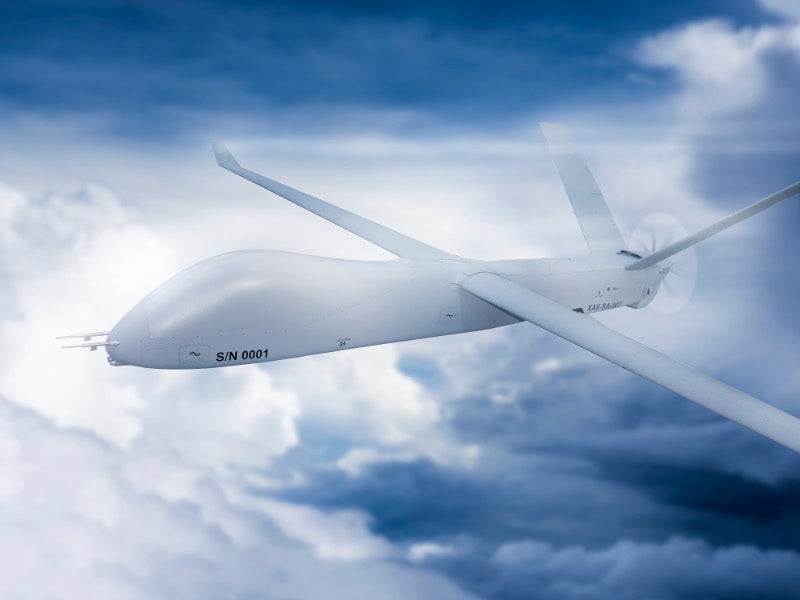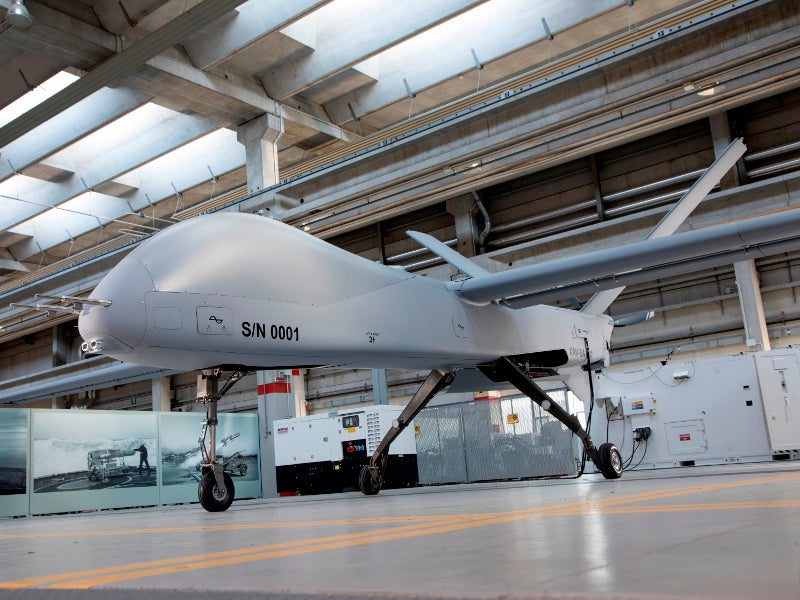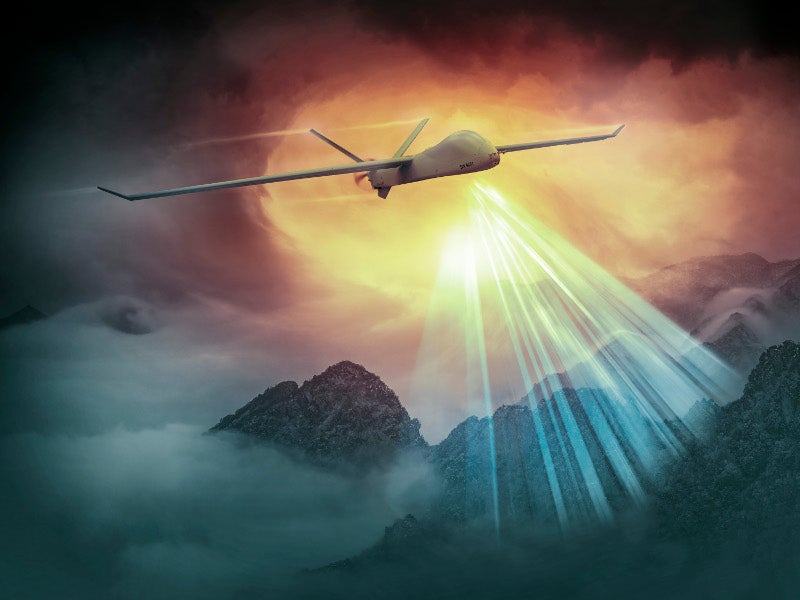Falco Xplorer remotely-piloted aircraft system (RPAS) is the latest member of the Falco family of unmanned aircraft produced by Leonardo. It is an advanced version of its predecessor Falco EVO.
The Xplorer RPAS is designed to support multiple missions such as persistent intelligence, surveillance, and reconnaissance (ISR), all-weather, maritime and theatre multispectral surveillance, border patrolling, law enforcement, illegal immigration prevention, and environment monitoring.
Falco Xplorer RPAS was introduced at the Paris Air Show 2019. The first flight and a series of tests on the unmanned aerial vehicle (UAV) are scheduled to be completed by the end of 2019. The first aircraft is expected to be delivered in 2020.
Falco Xplorer design and features
Each Falco Xplorer unit comprises a ground control system, ground data terminal, support equipment, and two aircraft.
The unmanned aircraft features a V-shaped tail boom, a pusher propeller, and retractable landing gear. It offers open architecture for integration of various payloads to meet multi-mission requirements.
Xplorer RPAS has a longer wingspan, payload capacity, and maximum take-off weight (MTOW) than its predecessor Falco EVO. The wingspan of the UAV is 18.5m, while its length and height are 9m and 3.5m, respectively.
The unmanned aircraft has an MTOW of 1,300kg and is designed in compliance with Nato STANAG 4671 military standards.
The aircraft conforms to the missile technology control regime (MTCR) class II category and is also exempt from the international traffic in arms regulations (ITAR).
Falco Xplorer payload details
Falco Xplorer is a modular aircraft with options to integrate various payloads employing Leonardo’s mission management system. The basic package of sensors includes multi-function synthetic aperture radar (SAR), an electro-optical (E/O) turret, and a signal intelligence suite.
The onboard Gabbiano T80UL surveillance radar will be able to perform mapping, ground moving target indication, and SAR operations.
The lightweight electro-optical space sensor (LEOSS) turret fitted to the UAV houses up to eight sensors including infrared (IR) and visual cameras, a laser rangefinder, a laser illuminator, and a laser designator.
SAGE electronic intelligence (ELINT) / signal intelligence (SIGINT) sensors and automatic identification systems (AIS) are also integrated into the remotely-operated aircraft.
The UAV can accommodate various third-party payloads offering the operator multiple options to configure the aircraft for a range of missions.
Ground control system of Falco Xplorer
The ground control station performs the control and command operations of the aircraft. Communication between the aircraft and the ground station is through beyond the line-of-sight (BLOS) satellite communication.
The unmanned aircraft is pre-programmed by feeding a flight path, which includes take-off, in-flight, and landing instructions for carrying out surveillance activities. The autonomous mode can be overridden by manual instructions during the flight.
Mission data can be processed in real-time and off-line mode by the ground control system. The information is evaluated, processed, and shared on the command, control, communications, computers, and intelligence (C4I) network.
Remote video terminals can be employed to receive real-time data while performing maritime operations.
Falco Xplorer performance
Falco Xplorer is powered by a conventional aircraft engine, which enables it to stay airborne for more than 24 hours.
The drone features an automatic and assisted flight management system, which manages automatic take-off and landing. The automatic surveillance mode further provides data for real-time assessment.
The Xplorer can carry payloads weighing more than 350kg while flying at a maximum altitude of 30,000ft.
The unmanned aircraft system can be easily carried in ISO-668 air transportable containers.






